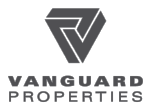Residential development continues to thrive in San Francisco. Stay up-to-date with the latest with this month's Residential Development Report.
The Costa Group Just Sold & Pending
San Francisco Residential Development Report-March 2017
The Costa Group Just Sold-July 2016
San Francisco Development Report-July 2016
San Francisco Development Report-June 2016
Million Dollar Homes Make Up 57.4% of San Francisco Market
According to a recent real estate study conducted by Trulia, $1 million is the median price for a home in San Francisco. While million dollar homes make up only 3% of the national housing market, they equal a whopping 57.4% of homes in the City. Only four years ago, this percentage was 19.6. That's an increase of 37.8% or approximately 9.5% per year.
San Francisco is not alone in it's propensity of high priced housing. San Jose and Oakland hold the second and third places respectively on Trulia's list. Millions dollar homes in San Jose went from 17.4% to 46.3% over four years while Oakland went from close to the national average at 5.2% in 2012 to 19.7% in 2016.
Below are the San Francisco neighborhoods that have the most million dollar real estate.
- Potrero Hill 76.7% (triple what it was in 2012)
- Mission Terrace 50%, up from .4%
- Mission Bay 88.9% from 14%, one of the largest upticks in the City
- Westwood Park 96% of homes are in the million dollar range from 2.9% in 2012
Three caveats to consider when mulling over this data.
- These numbers are reflective of listings on Trulia's website, which aren't all-inclusive
- Westwood Park is a small borough, with only 11 homes selling within its borders since August 2015.
- The study was conducted based on estimated home values and not recent sales prices.
Click here to see how prices have increased throughout the Bay Area since 2012.
Neighborhoods with the smallest increase in million dollar homes include:
- Chinatown at 14.4%, up from 6.5%
- Bayview 6.5% up from .9% in 2012
- Visitacion Valley 2.9% VS .4%
- Tenderloin 5.4%, double what it was in 2012
Article excerpt from sf.curbed.
The History Behind the Names of San Francisco's Neighorhoods
San Francisco is a mere 49 square miles but is bursting with culture and diversity. The city's numerous neighborhoods each have their own distinctiveness, and for many, that also includes the uniqueness of their names. SFGate recently offered a glimpse into the history behind some of the neighborhood monikers that we found very enlightening. Below are a few of our favorites.
Noe Valley
Victorian homes in Noe Valley. Image courtesy of Creative Commons, author Allan Ferguson
This sunny enclave on the city's south side is named after Jose de Jesus Noe, who was given a large stretch of land by the Mexican governor of California in 1846. Noe started selling parcels in 1851. His rancho included what's now today Noe Valley, the Castro and Glen Park.
Tenderloin
There are multiple urban legends explaining the name behind this downtown area. One such story is that police officers assigned to this area in the 1930s received more pay and they named the neighborhood after the finer cuts of meat they could afford. Another explanation is that it's the "soft underbelly" (like the cut of meat) of the city. And many sources indicate the name was taken from a former red-light district in New York.
Potrero Hill
This sunny residential neighborhood known for its skyline views used to be an open hill of shrub and grass. In the late 1700s, Spanish missionaries named the area ‘Potrero Nuevo’ (which translates to 'new pasture') after the land on which they would let their cattle graze.
Cow Hollow
Cows actually did roam in what is now the boutique-lined Union Street. This ritzy neighborhood tucked between Russian Hill and the Marina District gets its name from the dairy farms located in the neighborhood. The industry peaked in 1880 when 38 farms were helping feed the growing city.
Russian Hill
Throughout the 19th century, Russian merchant and military ships made stops in San Francisco. There are references in old newspaper articles about crew members being buried in a cemetery at the top of what's now known as Russian Hill. In the Gold Rush era, settlers discovered the cemetery gravestones inscribed in Cyrillic. The graves were eventually removed but the name stuck.
The Embarcadero
Embarcadero is derived from the Spanish verb embarcar, which means 'to embark,' and embarcadero means 'the place to embark.' This reference is fitting because, before the construction of the Golden Gate and Bay Bridges in the 1930s, the waterfront along San Francisco Bay was a bustling port with boats ferrying 50,000 people to town on a daily basis.
Looking to buy but are wondering which San Francisco neighborhood best fits your lifestyle? The Costa Group can help you find the perfect contemporary condominium in SOMA or a classic Victorian in Noe Valley.











